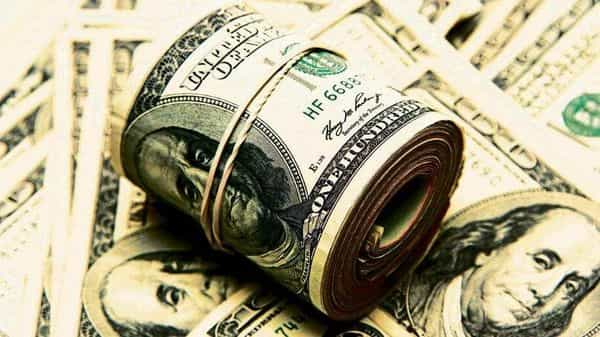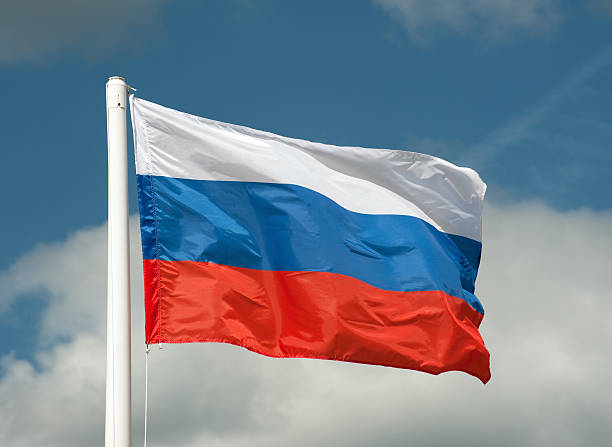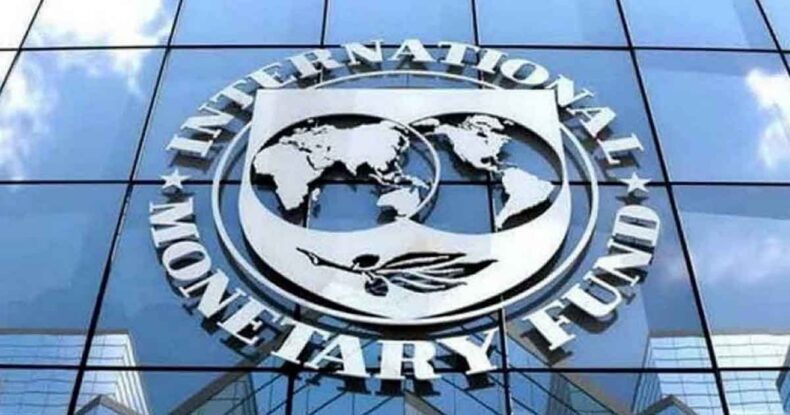With the recent surge in popularity towards de-dollarisation, a wave that has been hitting the global macroeconomists every now and then, although lately more frequently. With the economies more interconnected it is not a difficult realisation that there may be other options than the USD which can be better viable and sourceable than the note in green, a currency that has been the most prominent option in global trade and the biggest pool of international reserve for the past 80 years since the Bretton Woods Agreement of 1944.
Looking back through the years of finance, de-dollarisation, a process dedicated to reducing the US Dollar’s hegemony in global finance and trade, was drawn into the picture by the US itself. In the financial crisis of 2007-2008 when the dream to house everyone ended up de-housing more than imagined in the whole of globe, countries like Russia, China and some others in Latin America recognised the need (and benefits) to de dollarize.

Image source : Livemint.com
Now, 85 countries have been linked in support of the trend, hinting at a sooner rather than later removal of the green buck as the base of all trade. This can be achieved by adopting alternative monetary exchange methods, which can either be national or domestic currency or by establishing modified currency reserves which many nation states have been shaking hands to reach in their own ways.
What’s the latest push
While the US keeps raising interest rates, making it even more difficult for developing nations who owe their debt in dollars to pay back, their decision to exempt Russia in wake of the Russia – Ukraine war from SWIFT (Society for Worldwide Interbank Financial Telecommunication) in 2022 has made the world believe in the urgency of de – dollarisation as the dollar nation’s move screams of unreliable toxicity. The US froze its currency assets in the nation’s central banks while ensuring Russia’s restriction on accessing the dollar.
Recent reactions on De – dollarisation
Brazil, India, China and South Africa have been more furious than ever as part of BRICS after Russia’s restriction in the western reserves. Their solution is to devise their own common currency which will ultimately replace the dollar as the preferred dominant mode of the transaction and trade. For the same a meeting was held in January 2024, where Russian Foreign Minister Sergey Lavrov and President of Brazil Luiz Inacio Lula da Silva both shook hands in agreement.
Having scheduled the next meeting in August, the 15th Summit of the BRICS is expected to discuss more involving the intricacies and proposals regards the solution.

Argentina, Turkiye, United Arab Emirates (UAE), Iran and Saudi Arab are among the other countries that are considering the switch. Chinese Yuan or Renminbi (RMB) is in the list of trusted possible alternatives as Russia doubles on its investments with the Chinese finance. Other than these, ASEAN, an association of countries of eastern Asia, has also been in constant discussions favouring their economic settlements to be made in their local currencies, an advancement to be made by further developing their cross – border digital payments.
Talking of digital payments, the most successful name has been India’s UPI (Unified Payments Interface) has been emerging as a popular choice in many countries including Sri Lanka and France. With the nation’s efforts at promoting its digital feat, unparalleled by any other nation, it won’t be a surprise that we reach de-dollarisation earlier than others. While it’s still an idea far from fetch, with the dollar dominating world trade by 88%, these efforts from all the countries even though made for different reasons and objectives land at one ultimate preposition, and that is de-dollarisation.












